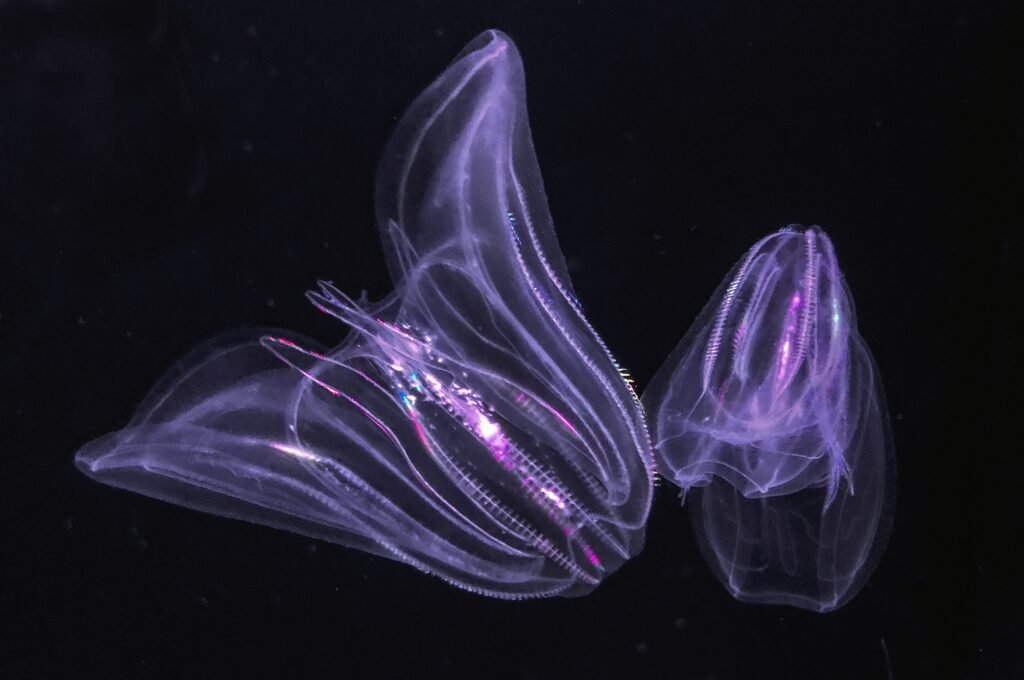Scientists found world’s oldest penis that belongs to 425-million-year-old crab
Scientists found the world’s oldest penis that belongs to a 425 million-year-old crab covered in volcanic ash. It is a shocking discovery because it was found with the preservation of both soft and hard tissues which is a rare case in the fossil record.
Professor Siveter unveiled this penis as he found it in a rock in the West of England in 2003. The fossil belongs to the class of crustaceans called ostracods. Research shows the internal structure of this fossil has not changed significantly over time.

According to Professor Siveter, the fossil specimen is “an exceptional preservation” since the animal’s soft and hard tissue did not break down or decompose due to volcanic ash.
As Sivetre points out gender-assignment of fossils is not something that happens in general. It makes this discovery exceptional. Despite being only 1mm long, this small crustacean has shocked Siveter and other scientists who found the world’s oldest penis.
The penis has fossilized after surviving the test of time. The crustacean’s penis is comparatively enormous, making up approximately one-third of the animal’s overall size.

They gave it the Greek name “Colymbosathon explecticos,” which means “outstanding swimmer with a large penis” upon finding this. Siveter found it by making a digital model by grinding rocks and reconstructing the 3D body.
According to Professor Siveter, sperm generated by this crustacean fossil was very high at 10 mm in length. In addition to its reproductive organs, it provides earlier direct evidence of a respiratory-circulatory system in the group and has the only known undoubted gills in a fossil ostracode.
This ancient crab has been reproducing and breathing for thousands of years in the same manner. It provides us with a better understanding of the historical ancient seas and the evolutionary history of ostracods.
Read More:
- Sea creature turns into a baby when it is stressed out showing time travel
- Realme Narzo 70 Turbo 5G launch date, features, specifications & price
- European Space Agency printed 3D metal part in space for first time
- Earth’s mysterious Alaska triangle where over 20,000 people disappeared
- Philips Hue launched a new smart lighting solution for kitchen
- NASA to launch life-searching spacecraft to Jupiter’s moon Europa
Share this content:










Post Comment